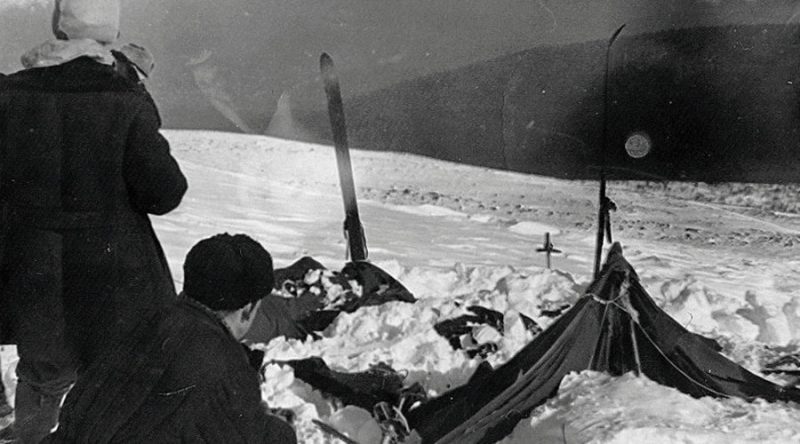Just think: you’re on a hike and come across a body. However, it is not a person who has recently died. That person has been missing since the 1950s, along with eight other people who mysteriously died while hiking.
Just recently, hikers were traveling on Dyatlov Pass in Russia’s Ural Mountains and came across a body believed to be one of the persons that had been missing since 1959. The Ural Mountains are infamous for people going missing on its heights; in fact, the group of hikers who found the body had gone the wrong way and lost contact with their own group.
The body is still unidentified but was found in the Sverdlovskaya region. Oddly, in 1959 nine tourists went missing and the group who found one of the bodies was also a group of nine. The tourist group that found the body was originally from Perm; they contacted emergency services through a satellite phone after discovering the remains. Due to the bad weather conditions that night, the group was unable to be reached because of the remoteness of the area they were in, and it was during this time that the body was found. Reports have suggested the body is a male around 50 years old.

The group of travelers had set out on their trek on January first on one of the most dangerous paths on the mountain. They began at North Ural from the town of Ivdel. The site where the travelers ended up was the same spot where the other hikers got lost in 1959. It’s still a mystery as to what happened to the missing hikers, and whether or not they may be still alive.
The Dyatlov pass was named after Igor Dyatlov, the leader of the group that went missing. The group was made up of graduate students from the Ural Polytechnic Institute. They had planned to make the trek of 350 kilometers on skis through the mountain’s forests and Northern Urals to Mount Otorten. There were originally ten hikers, but one had been sick and was forced to go back.
On February 12, 1959 the group of students had failed to report to the village Vizhay. Those in the village knew something was wrong, and they set up a rescue mission. The rescue group found the group’s tent on the slope of Mount Kholat Syakhl on February 26. Investigators believed that the tent had been cut up from the inside.
Another interesting thing in the investigation report is that all of the students’ belongings were left in the tent while they fled the campsite. Could there have been someone trying to rob or kill them? The investigators then followed footprints down the hill for about 1.5 kilometers. The footprints appeared to have been made by socks, shoes, and even bare feet, supporting the investigators’ beliefs that the hikers had left the campsite in a hurry. After following the footprints, the investigators found five bodies.

Some of the hikers had only been wearing only underwear and their bodies had shown signs of a struggle, such as fractured skulls and ribs. One of the women in the group even had her tongue missing. The search for the other four travelers went on further into the woods.
The Soviet criminal investigation had failed to find out what had happened to the hikers. The final report had only concluded that an “unknown compelling force” had killed those people.
These deaths are still considered one of the most eerie and chilling unsolved mysteries. There have been many theories behind the murders, and investigators are still working on a timeline to see if it could give them a lead. The theories include an avalanche, military tests that the hikers encountered but that the government won’t own up to, an encounter with an unknown animal, or even paranormal activity. Why wouldn’t people think this could have been a murder?
